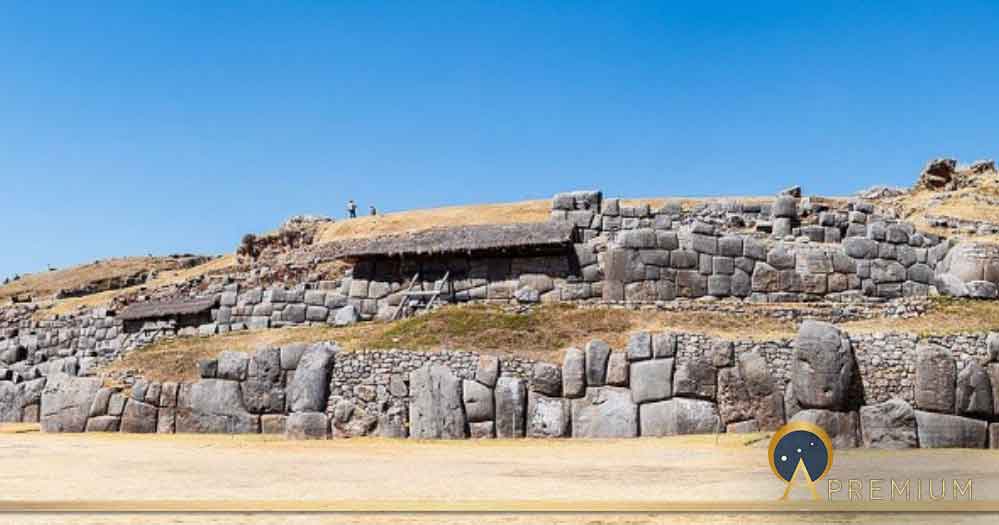Hidden Monoliths Beneath Sacsayhuaman Point To Lost Civilization
Sacsayhuaman Archaeological Park, located above the ancient city of Cusco in Peru, hides a secret. Hidden beneath the archaeological sites are some very strange and beautiful stone vestiges, many taking the form of large stone monoliths, frequently connected to vast cave systems. What makes these ancient sites so unique is that their style is unlike any of the ancient structures recognized as human dwellings or temples, and there is no clear pedigree as to who the builders were. Despite their obscurity and obvious antiquity - as they were built under the foundations of more recent ancient sites - historians and archaeologists have attempted to fill in this gap in understanding by ascribing them to the earliest known people to inhabit the region. However, this explanation falls short since similar remnants are found all over the world, pointing to a possibility that there was once a worldwide civilization on this planet.

Examples of similar monoliths all over the word (Image © Camile Sauvé)
Another perplexing issue regarding these structures is that they seem to have been designed by a very different mindset, and one with a very different aesthetic sensibility. For example, one notices these structures are very surreal and organic-looking, however, there is an intelligent mind behind them due to the very precise and linear cut niches, alcoves and “chairs” that adorn their surfaces.

An example of the strange landscapes at Sacsayhuaman grottos (Image: © Francisco Carbajal)
Peculiar Protrusions
One also notices that they have a variety of regular and irregularly shaped holes and niches of all sizes, inexplicable knobs and ledges, and various steps, some functional and others seemingly for decorative or symbolic purposes. On top of this surreal landscape one sometimes finds animal forms but they are much less frequent than just the more abstract rectilinear and amorphous shapes formed on both the sides and the top surfaces of these monoliths.
The knobs, or protrusions are usually a topic of fascination for many who study the megalithic sites, as unlike megalithic work, knobs on monoliths take on an even more interesting function. Megalithic works are usually constructed of individual large stones to form a wall or building. They are those quintessential perfect-fitting and huge polygonal stones found at the Sacsayhuaman’s citadel, at Machu Picchu, and at Ollantaytambo, and many other sites around the world.
Camille M. Sauvé is an independent journalist, writer, photographer, and graphic designer, living in the Sacred Valley in Cusco, Peru, who has spent hundreds of hours exploring Peru's enigmatic archaeology huacas or sacred sites. She is the author of Sorcerers of Stone, Architects of the Three Ages.
http://www.sorcerersofstone.com
Top Image: Panorama of Sacsayhuamán (Diego Delso/ CC BY-SA 4.0)
By: Camille M Sauvé
References
Brown, W. 2018. Scientists Show That Water Has Memory. Resonance Science. Available at: https://www.resonancescience.org/blog/Scientists-Show-That%20Water-Has-Memory
Sauvé, C.M. 2024. Sorcerers of Stone, InnerTraditions
Steiner, R. Cosmic Memory Prehistory of Earth and Man. Available at: https://www.awakening-intuition.com/Rudolf_Steiner_-_Cosmic_Memory.pdf
















